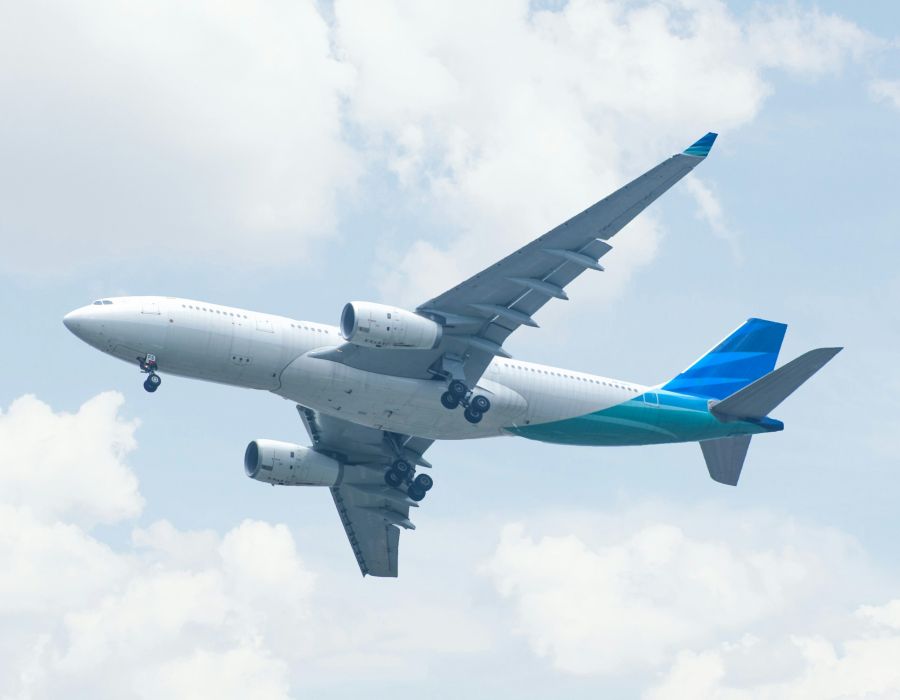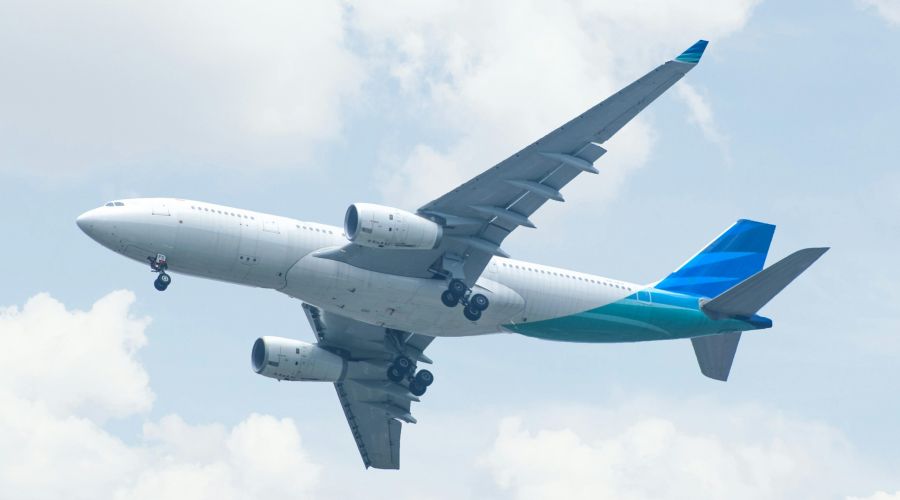Surface finishing in
aviation
Lightweight, resilient, certified
Coating solutions for the highest demands
Coating solutions for the highest demands
In aviation, quality, precision and safety are crucial to every detail. Components must be able to withstand extreme loads, but at the same time must not weigh too much. Surface finishing is more than just protection. It is a functional part of the system. Metalux offers certified processes that have proven themselves in aviation for years.
The requirements for surfaces in aviation are high: corrosion resistance, dimensional accuracy, insulation or conductivity, all while minimising weight. Each coating must also be documented, traceable and standard-compliant.


Our processes are certified in accordance with EN 9100 and fulfil the requirements of Nadcap, a globally recognised standard in the aviation industry.
With our in-house laboratory, we ensure seamless monitoring of all quality parameters, from bath analysis to coating testing. This results in surfaces that our customers in the civil and military aviation sector have relied on for years.
Metalux delivers surfaces that fly, safely, easily and tested.
Proven methods are: